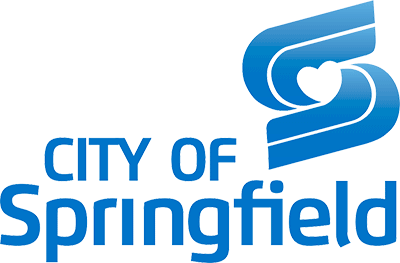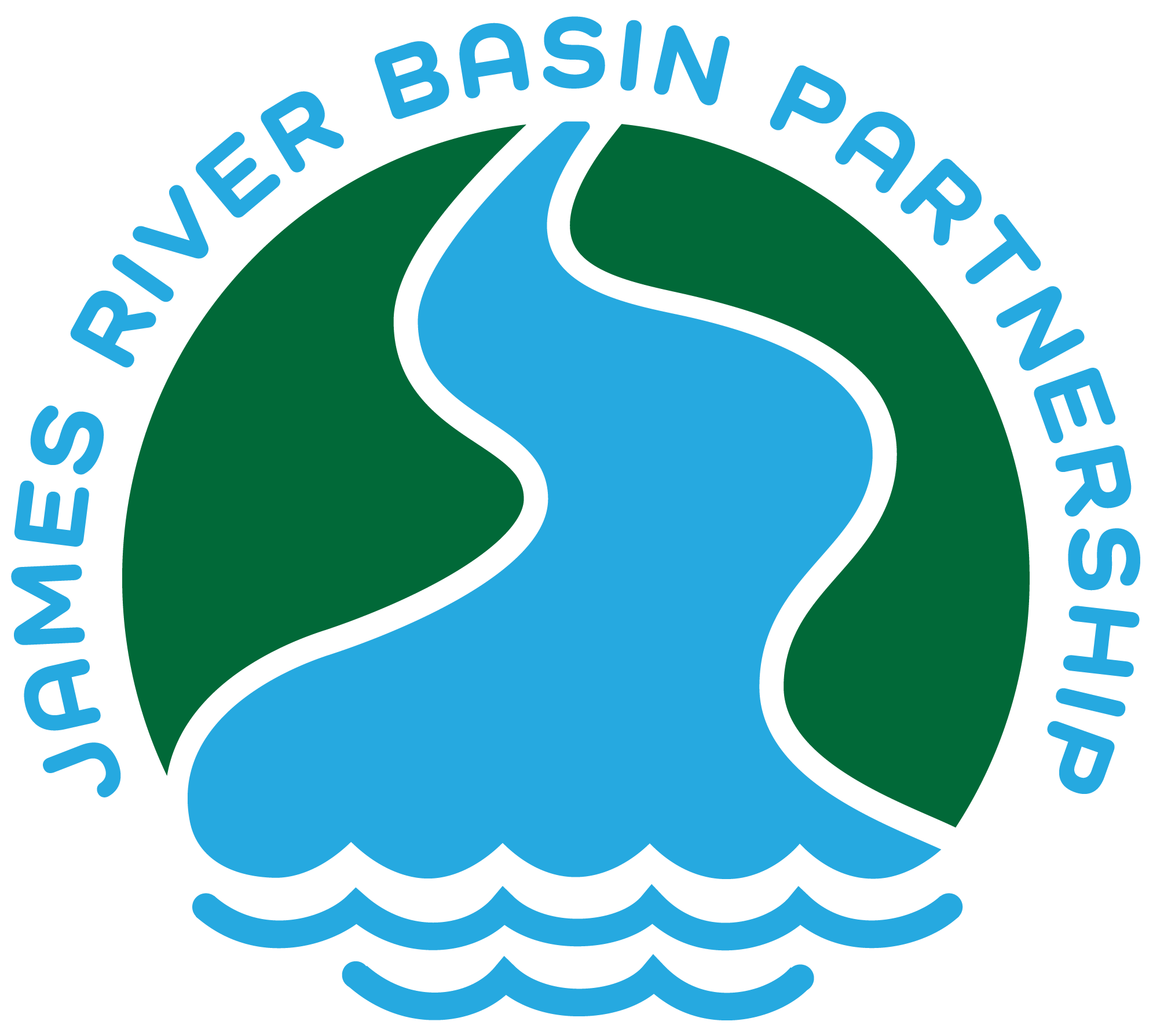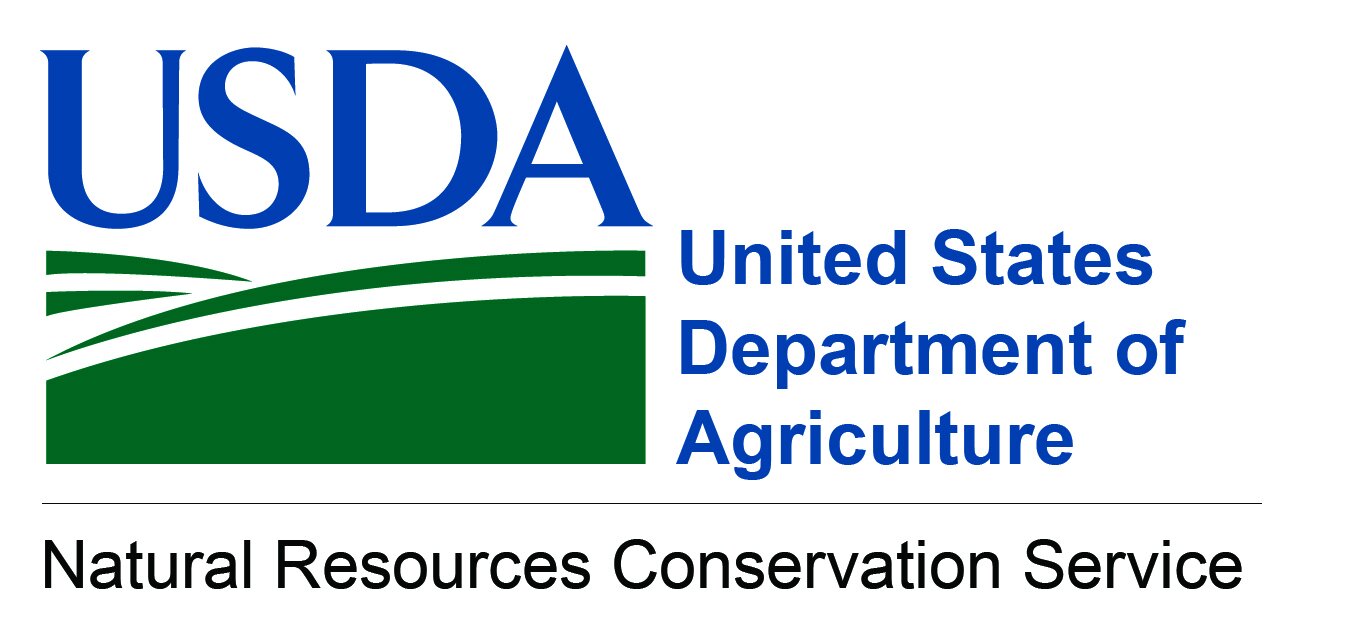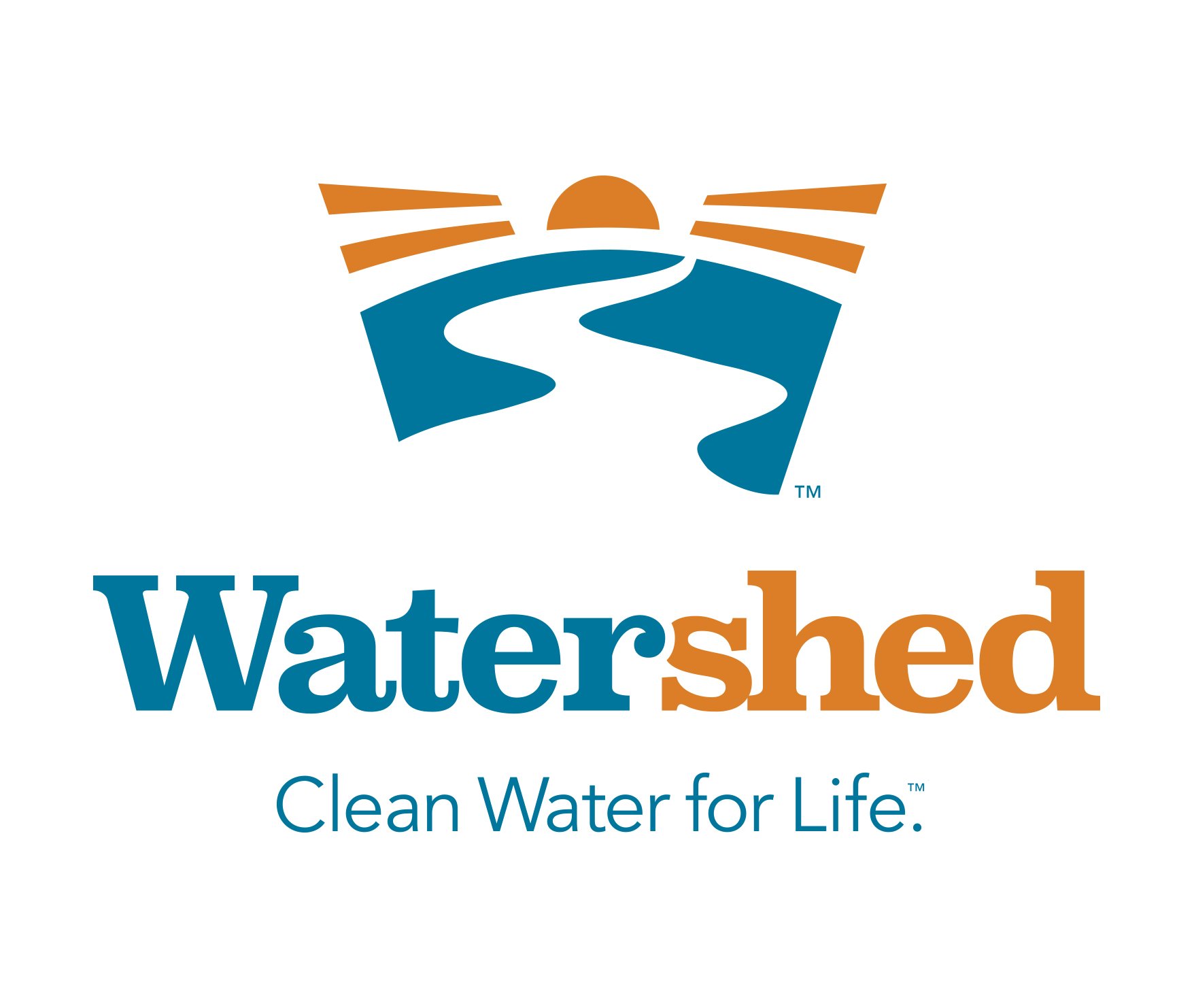info
The Upper James sub-watershed. (Map: Ozarks Environmental and Water Resources Institute)
In March 2023, the James River Basin Partnership (JRBP) was awarded a grant from the Missouri Department of Natural Resources titled the Upper James River Implementation Project. The grant project will end in February 2027.
319 Nonpoint Source Project Grants are funds awarded by the Missouri Department of Natural Resources to address non-point source pollution (NPSP) through remediation and protection projects. JRBP is currently implementing the project to address NPS issues in the Upper James sub-watershed, from the headwaters to Lake Springfield Dam.
The Headwaters James River is a 269.5 square mile HUC-10 watershed lying in Greene and Webster Counties of Missouri. The James River is a primary source of public drinking water for the city of Springfield, with the Blackman water intake located on the river just downstream of its confluence with Pearson Creek. Historically, land in the watershed has been used primarily for farming, except near the urban and urbanizing areas near Springfield, Rogersville and Seymour.
The sub-watersheds near Springfield, especially the Pearson Creek and Lake Springfield-James River HUC-12 sub-watersheds, are largely in urban and suburban development. The remaining HUC-12 sub-watersheds (Dry Creek, Turnbo Creek, Sayers Creek, Headwaters James River, Panther Creek, and Turner Creek,) are all less than 5 percent urbanized, and about evenly split between pasture lands and forested acres.
Management measures recommended in the James River Watershed Plan for the Headwaters James River HUC-10 Watershed include the installation of managed grazing systems, the provision of alternative watering systems, sinkhole buffers, septic tank pump-outs, protection and enhancement of riparian zones, pasture stand improvements, and practices for alternative farming types such as high tunnels for vegetable raising. Also recommended are riparian zone improvement and protection practices, including streambank stabilization and conservation easements.
Practices recommended in the watershed-based plan for urban and urbanizing portions of the watershed include enhanced stormwater basins, retrofitting of existing detention basins, vegetated buffers along streams and waterways, sinkhole buffers, septic tank-pump-outs, green roofs, bioswales and biofilters, along with land development practices such as construction sequencing, sediment basins and silt fences and silt socks. Also recommended are the protection and restoration of riparian buffers, including streambank stabilization, tree planting, and the establishment of conservation easements.
Some grant goals include:
Retrofitting four detention basins within the project area.
Providing incentives to landowners to implement managed grazing systems on a minimum of 500 acres within the project area.
Restoring four acres of riparian corridor.
Protecting 20 acres of riparian corridor in conservation easements.
Hosting six grazing schools.
Hosting annual litter cleanup events.
Providing septic pumpout rebates to a minimum of 60 property owners within the watershed
Projects & Programs
Review the current and archived projects and programs associated with the Upper James Grant:
FUNDING
This project has been funded wholly or in part by the United States Environmental Protection Agency (EPA) and the Missouri Department of Natural Resources under project number (G22-NPS-08) to the James River Basin Partnership It has been subjected to the EPA and the department’s product and administrative review and has been approved for production. The contents of this document do not necessarily reflect the views and policies of the EPA or the department, nor does the EPA or the department endorse trade names or recommend the use of commercial products mentioned in this document.













